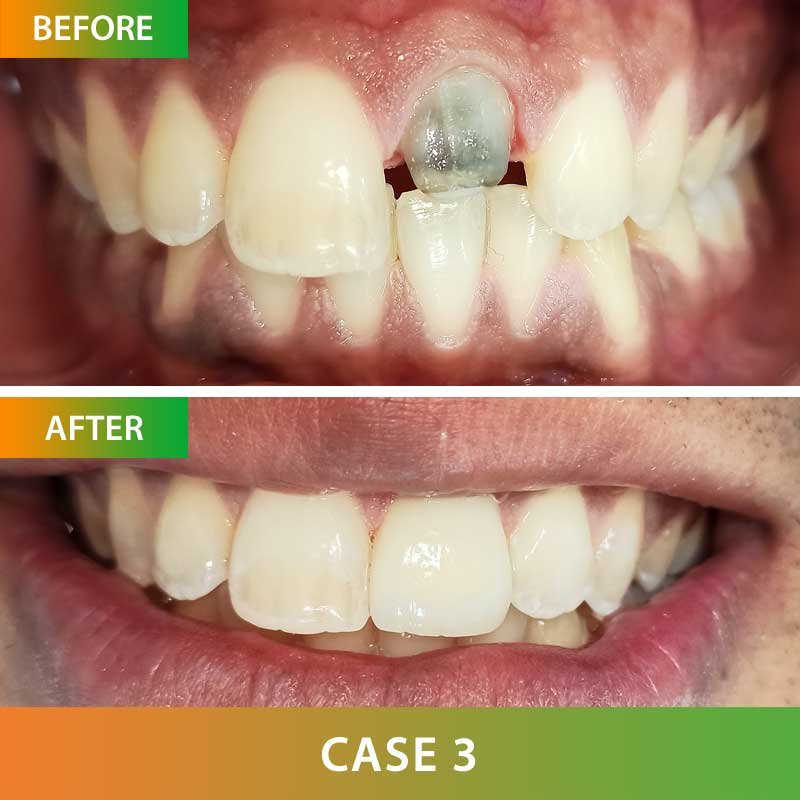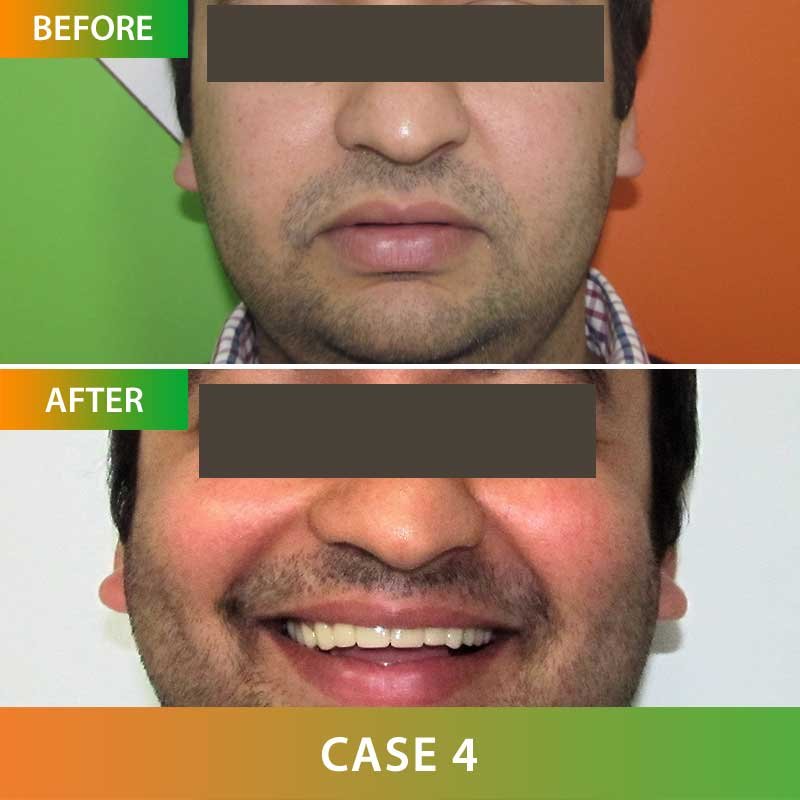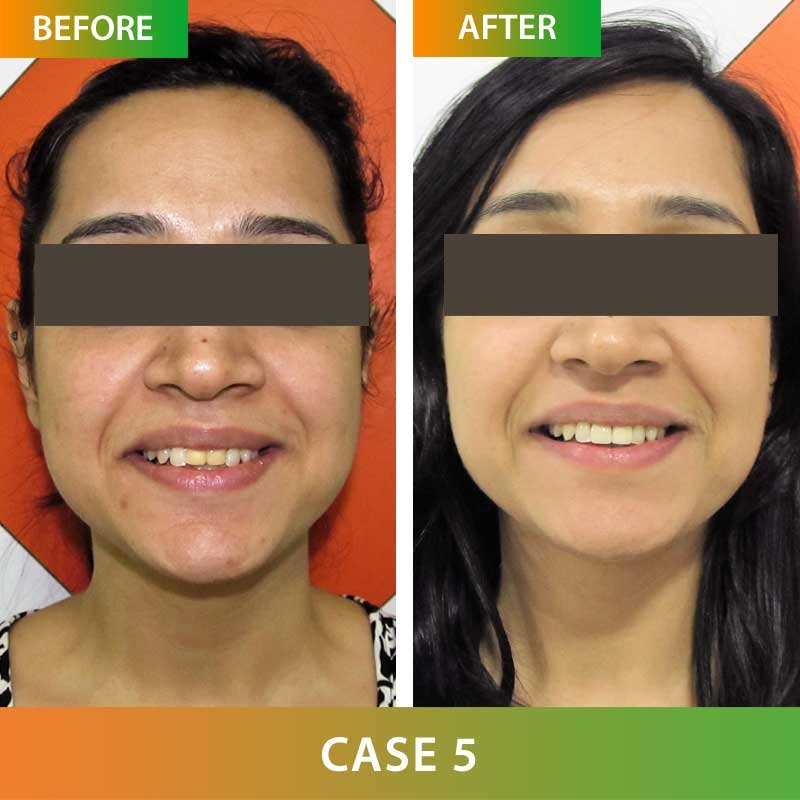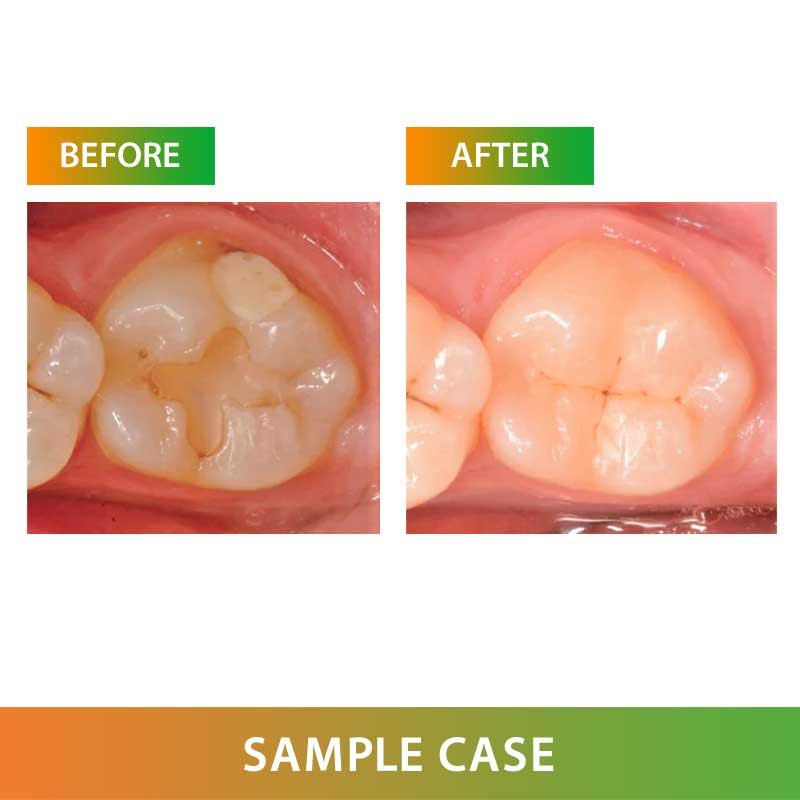Frequently Asked Questions
You may not feel any pain during the early stages of infection.
In some cases, your tooth may darken in colour, which could mean that the nerve (blood supply to the tooth) is dying.
It is important to know that you may not have any symptoms in the early stages of infection, and every tooth will respond differently when it comes to tooth decay.
Root canals are needed in a tooth with a deep cavity, or secondary infection beneath a pre-existing filling, or in a tooth cracked from injury or genetics. There are a few symptoms that mean you might need a root canal—
- Lingering sensitivity to hot and/or cold food and sweets, even after the sensation has been removed
- Throbbing pain while chewing or biting
- Pain that worsens when you lie down
- Tooth pain that radiates to the head and ears
- Pimples on the gums/swelling around the tooth
- A chipped or cracked tooth
- Deep decay or darkening of the gums
A root canal treatment will be performed after administering local anesthesia which makes the tooth numb. Make sure you eat a light meal before you visit Indiadens for your treatment. You will be advised against chewing and biting until the numbness wears off.
Although you will most likely be numb for approximately 30-60 minutes following the procedure, most patients are able to return to school or work directly following a root canal treatment. However, it is advised against eating for one to two hours until the numbness has completely gone to avoid biting your lip/tongue.













































